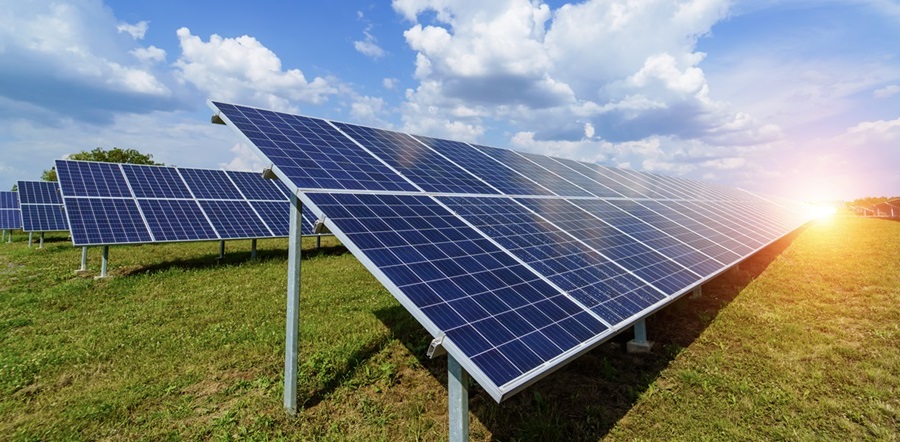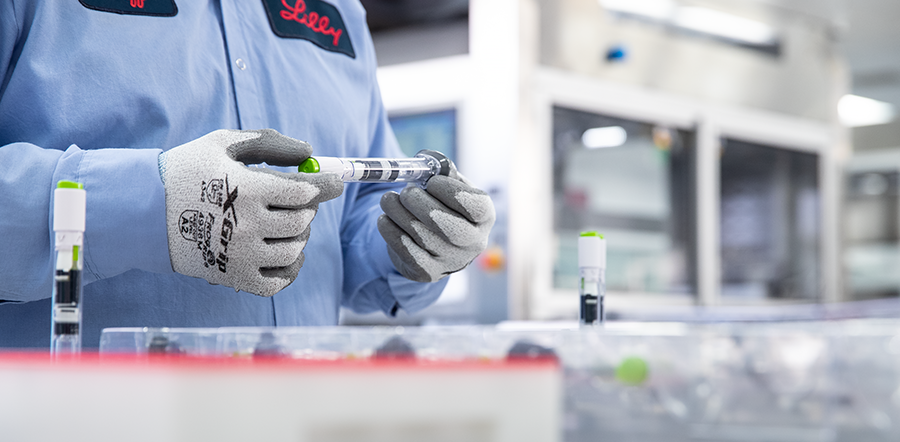Water
Management Approach
Water is essential to our operations and the facilities where we discover and manufacture our medicines, and we’re committed to using this critical resource efficiently. We aim to manage water more sustainably by minimizing our water footprint and avoiding potential risks related to pharmaceuticals in the environment (PiE).
We continuously assess our water risks, and while we generally operate in locations where the risk of water scarcity and poor quality are low, we continue to focus on conserving and reducing water use and improving the quality of the water we discharge from our facilities. We work with our sites around the world to identify water-saving opportunities and wastewater treatment technologies to support our environmental goals. In 2022, our efforts received an A-minus rating from CDP’s water program, which is above average for the biotech and pharmaceutical industry sector. View our 2023 CDP Water Security response. CDP will issue scores for 2023 responses in early 2024.
Water Use
Manufacturing operations account for the majority of our water use. The production of injectable medicines requires exceptionally high-quality water, and our sites rely on utility operations to make purified water as well as water for cooling systems and steam boilers. To reduce our water consumption, we use reclaimed water when possible, and we have optimized our cooling systems to reduce water usage. In 2022, our facilities recycled or reused 279 billion liters of water, representing 97.9% of our total water demand.
In 2022, 7.7% of our total water intake occurred at sites in geographies that are defined as “water stressed,” a decrease from 2021 primarily due to changes in production rates and benefits seen from projects to recover clean water for reuse at some of our manufacturing sites. Potential future regional water risk, unpredictable costs and climate change concerns have further strengthened our commitment to using water more efficiently or improving water quality based on local needs. This is why we established a 2030 goal that requires water management plans for Lilly sites in water-stressed areas.
Pharmaceuticals in the Environment (PiE)
The active ingredients of medicines, have been found in surface waters, groundwater, sediment and soil. Reported concentrations of pharmaceuticals detected in the environment are usually extremely low. Pharmaceuticals may enter the environment as effluents from pharmaceutical manufacturing or through excretion by patients after therapeutic use of a medicine. They may also enter the environment through improper disposal of unused medicines.
There are various public and stakeholder concerns regarding pharmaceuticals in the environment (PiE). The detection and biological potency of pharmaceuticals raise questions about potential risks to the environment. Additionally, there are concerns about the impact of the pharmaceutical supply chain on human health, especially in countries that may lack rigorous environmental protection standards. The World Health Organization, the U.S. Environmental Protection Agency and the U.S. Geological Survey have all concluded that the presence of pharmaceuticals in drinking water is unlikely to have a direct impact on human health. Recent publications by Gunnarsson et al. (2019) and Wilkinson et al. (2022) conclude that for most pharmaceuticals, presence in surface water presents a low risk to environmental species, whether based on predicted or measured environmental concentrations.
We believe the discharge of pharmaceuticals in the environment should be minimized. We are committed to ensuring our internal and external manufacturing operations do not adversely impact waterways as a result of discharges of pharmaceuticals.
Water Performance Data
Water Use
|
2019
|
2020
|
2021
|
2022
|
|---|---|---|---|---|
|
Water Intake (billion liters)1
|
2019:
6.27
|
2020:
6.10
|
2021:
5.92
|
2022:
6.05
|
|
Water Recycle Rate (%)2
|
2019:
97.8%
|
2020:
98.4%
|
2021:
98.0%
|
2022:
97.9%
|
|
Percent of Water use in Water-Stressed Areas
|
2019:
8.0%
|
2020:
8.1%
|
2021:
8.9%
|
2022:
7.7%
|
Water Goals
|
Target
|
2022 Performance
|
|---|---|---|
|
Establish and implement water management plans for sites in water-stress geographies
|
Target:
Develop and implement water management plans for sites in water-stressed geographies
|
2022 Performance:
100% of plans were developed on time, and the implementation phase has started
|
|
Ensure 100% of Lilly sites meet predicted no-effect concentrations (PNEC) for pharmaceuticals in the environment
|
Target:
100%
|
2022 Performance:
100%
|
|
Ensure appropriate controls are in place with Lilly contract manufacturers to prevent discharge of pharmaceuticals in wastewater above applicable predicted no-effect concentrations (PNEC)
|
Target:
100%
|
2022 Performance:
85% complete; 15% assessments in progress;
|
|
Percent of assessed external partners meeting PNEC limits
|
Target:
100%
|
2022 Performance:
100%
|
Footnotes
Note: Bureau Veritas was engaged by Lilly to provide limited assurance in relation to specified 2022 environmental performance data presented.
“Water intake” is the total amount of water coming into a site, including water pumped from bodies of surface water and groundwater, as well as water provided by a utility. It includes water used in processes, utilities and other ancillary operations, such as irrigation. The term does not include groundwater pumped solely for treatment to satisfy regulatory actions or requirements (e.g., remediation activities where the water is not used for another purpose). Values do not include the water extracted from wells solely for the purpose of lowering the groundwater table(s) to maintain the physical and structural integrity of building foundations. Totals include a small amount of rainwater intake not included in other water intake subcategories. Lilly does not generally collect water data from small locations that house primarily administrative activities such as sales and marketing offices unless they are co-located at a Lilly manufacturing or research facility.
“Water recycle rate” is calculated as the total annual volume of water recycled/reused divided by the sum of total annual water intake plus the total annual volume of water recycled/reused.
View Lilly’s environmental data from 2020, including our previous goals and progress through 2020. Additional historical data are available in our reporting archives.
Explore our Environmental Goals and Progress
See important information about our ESG report.




